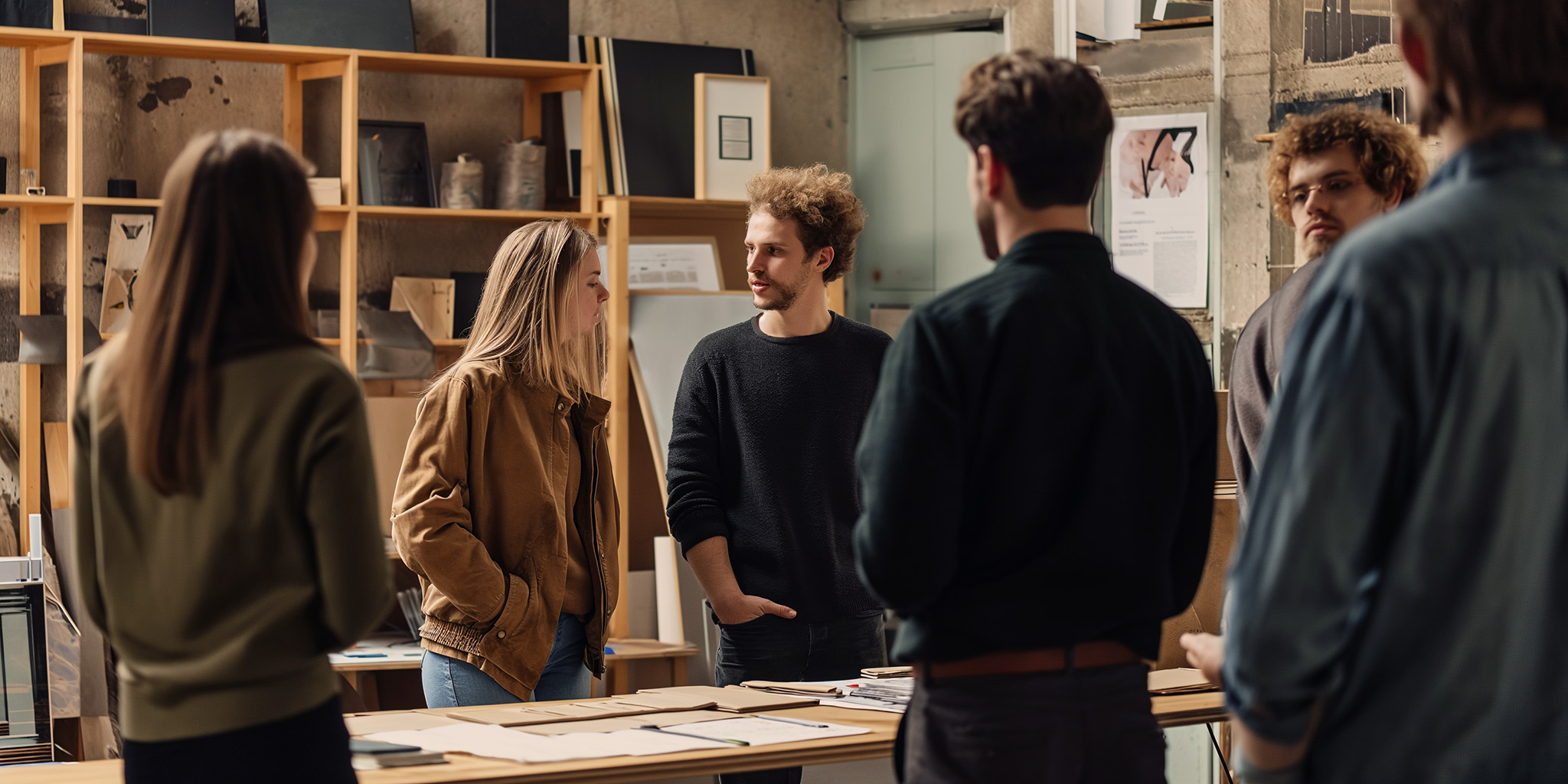Empowering Design Innovation with a Community-Centric Approach
"In our Design Community, we've found strength in shared knowledge. It's a space where ideas are nurtured, and everyone's contribution is valued as we strive to better our design practices."
Introduction
At the core of our team's philosophy is the relentless pursuit of design excellence. This case study explores our 'Design Community' initiative, a vibrant platform that fosters continuous improvement, innovation, and collaboration in our design practices. Originating from the need for a structured yet adaptable system to share knowledge and standardize processes, the Design Community represents our commitment to a journey of perpetual growth and adaptability in design.
Background and Rationale
The inception of the Design Community was driven by the recognition of the need for a more organized and flexible way to disseminate knowledge and harmonize our design processes. Understanding that excellence in design is not a destination but a continuous journey, we sought to establish a system that would not only support but also enhance ongoing development and adaptability.

"Each step in our journey is a lesson in collaboration and creativity. We're learning together, embracing challenges as opportunities to grow and enhance our collective design expertise."
Process and Development
Our approach to developing the Design Community was multifaceted, focusing on several key areas to drive collective awareness of new trends, align projects more effectively, enhance work quality, and improve team and cross-team collaboration. Each component of this initiative played a vital role in realizing these goals, contributing to better efficiency through standardization and influencing the broader organizational culture in embracing design excellence.
1. Design News Sessions
We instituted biweekly 'Design News' sessions as a platform for team members to immerse themselves in the latest industry trends. These interactive meetings involve sharing articles, resources, and conducting live demonstrations, with key insights captured in our 'Design Brain' wiki – a living digital repository of our collective knowledge and best practices.
2. Project Status Updates
Our project status meetings transcend traditional updates. Designers showcase their projects, emphasizing progress, challenges, and accomplishments. This inclusive approach keeps the entire team engaged, fostering a learning environment where experiences from different projects are shared and celebrated.
"We strive to balance consistency with innovation in our design process, believing that creativity flourishes best within a structured, yet flexible framework."
3. Design Critiques
The structure of our design critique sessions is meticulously crafted to provide comprehensive feedback. Designers present their work, encompassing the background, process, and solutions, followed by in-depth analysis and input from the team. These sessions are pivotal for maintaining high standards and nurturing creativity and practicality.
4. Retrospectives
Our retrospectives are uniquely tailored to assess team dynamics, collaboration, workflow, and overall well-being. Beyond typical project retrospectives, these sessions critically evaluate our internal collaboration and workflow efficacy, playing a vital role in internal improvement and sustaining team morale.
5. Standardization
Our commitment to standardization, a fundamental aspect of the Design Community, includes initiatives like the 'Design Services Toolkit' and a prioritized standardization backlog. This structured approach to addressing new themes methodically ensures that our design process remains standardized, fostering consistent quality and efficiency.
"We've built not just a community, but a culture where ongoing learning, collaboration, and a commitment to excellence in design are woven into the very fabric of our work."
Results and Impact
The Design Community has been pivotal in raising collective awareness of the latest trends and features in design, aligning projects more effectively, and elevating the quality of our work. The initiative has significantly improved collaboration within our team and across different teams, leading to heightened efficiency due to our standardization efforts. Furthermore, the impact of this community extends beyond our team, inspiring similar initiatives across the company and serving as a model for fostering excellence in various domains.
Conclusion
The Design Community initiative exemplifies our dedication to design excellence. It has transformed the way we collaborate, innovate, and maintain standards, setting a benchmark for excellence not just within our team but across the broader organization. This initiative stands as a testament to our belief that design excellence is achieved not in isolation, but through a collective, ongoing effort.